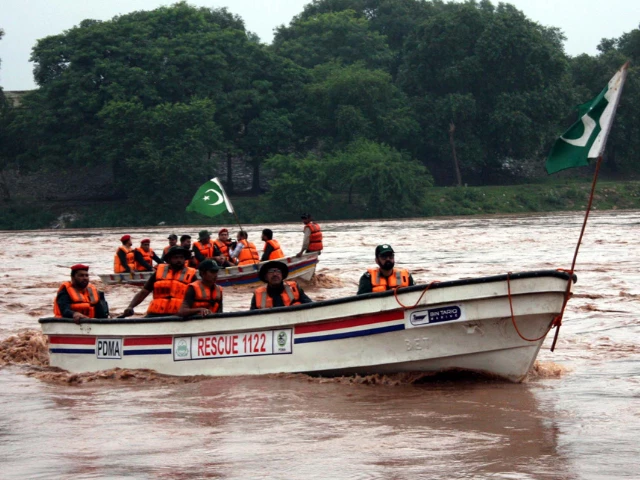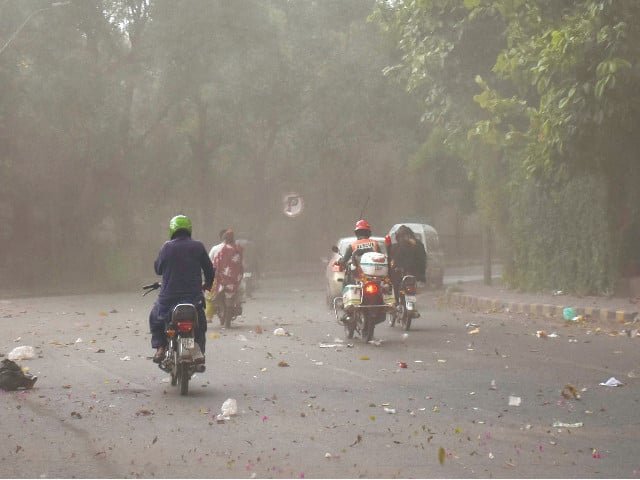Understanding the Flood Crisis in Narowal District
The recent flooding in Narowal district has risen to alarming levels, prompting local authorities to enlist the help of the Pakistan Army. This severe situation has devastated large areas, as around 250,000 cusecs of water from the Ravi River flooded agricultural and residential lands. Complementing this disaster is the high water level in the Dek Nullah, which has further complicated recovery efforts.
Planning Minister Ahsan Iqbal has deemed the circumstances an emergency. In a recent post on X, he emphasized that while the district administration is actively engaged in rescue operations, the involvement of the army is crucial due to the crisis’s scale.
Residents have been advised to stay alert and minimize movement in affected areas, prioritizing their safety. Iqbal is en route to Narowal to assess the situation firsthand and coordinate relief efforts more effectively.
A Broader Context: Regional Risks
The Provincial Disaster Management Authority (PDMA) has warned that not just Narowal but the entire province, including Lahore, faces significant flood risks. This threat is exacerbated by heavy monsoon rains and India’s decision to release water from its dams, causing the Ravi River system to swell further.
In fact, satellite imagery shows that the Thein Dam was already nearing full capacity. As concerns mount regarding potential flash floods, authorities have ramped up evacuation efforts, displacing over 190,000 residents in Punjab.
Immediate Actions and Future Risks
Evacuations are underway in villages near the Ravi, Sutlej, and Chenab rivers, with military assistance ensuring that residents receive the necessary support. Relief camps have been set up to provide food, medicine, and sanitation to those displaced.
The Pakistan Meteorological Department (PMD) anticipates that heavy rains will continue, especially in northeast Punjab and Kashmir, raising the risk of urban flooding in low-lying areas like Sialkot and Gujranwala. Authorities have placed police forces on high alert to assist in rescue operations and safeguard relief camps.
The Human Cost
The human toll of this disaster is significant. Since the monsoon season began in late June, almost 800 flood-related deaths have been reported, with a considerable portion occurring just this month. The crisis isn’t localized either; areas like Gilgit-Baltistan are facing their challenges with accelerated glacial melting, while urban centers like Karachi are dealing with flash floods.
As the situation continues to unfold, understanding and sharing information is vital. Staying informed helps communities prepare for natural disasters, understand government actions, and make necessary safety measures.
For more insights into ongoing developments and initiatives that can aid communities during such crises, consider engaging with platforms like Pro21st, where valuable information is just a click away.
At Pro21st, we believe in sharing updates that matter.
Stay connected for more real conversations, fresh insights, and 21st-century perspectives.





